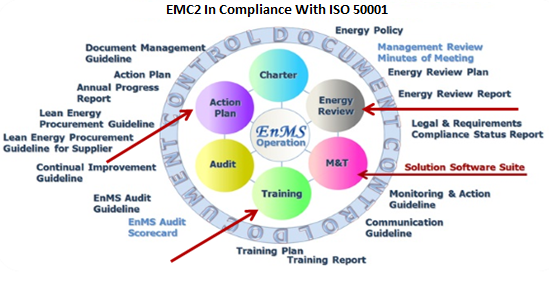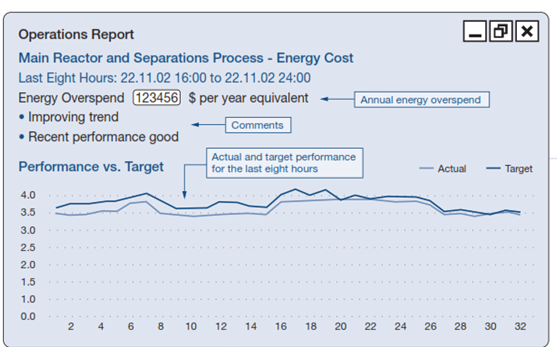Lean Manufacturing Execution System (MES) bridges the gap between the management team and the shop floor operations. The system provides real-time data to control manufacturing processes more effectively. Manufacturing Execution System gathers data from the sales/ordering process, provides instructions to the operators and equipment, and communicate the production status, material consumption, quality control and maintenance data back to the management team. This information allows management teams to examine business areas, identify areas for improvement and solutions to resolve any problems.
Manufacturers use our MES to control production operations across one or multiple plants. These applications by delivering Real-Time information help enforce procedures, deliver operator guidance to eliminate errors, enable operator-level decisions that account for the larger context, and automate track-and-trace and related recording tasks.
By Utilizing MES you can streamline plant operations and make activities more predictable. By providing operator support, production scheduling, tracking / tracing capabilities, and accurate real-time visibility into production processes.
Benefits
- Accurate & Timely information about how the business is performing
- Ability to monitor meter, unit & overall plant performance any time.
- Automated aggregation of data into meaningful business information.
- Energy Modeling and Optimization.
- Improvement in Product consistency
- Improvement in production throughput and yield.
- Improved workflows and collaboration.
- Reduction of errors, and therefore a reduction of paper and manual work, waste, and rework
- Reduction or elimination of manual entry time and costs
- Equipment availability and utilization tracking and analysis
- Improved planning and streamlined schedules
- Better Inventory Management
- Product Quality Management and Statistical Process Control (SPC)
Our solution Trusted by hundreds of manufacturers in a wide range of manufacturing and production operations, MES is designed to drive operational improvements and substantially decrease total cost of ownership.




